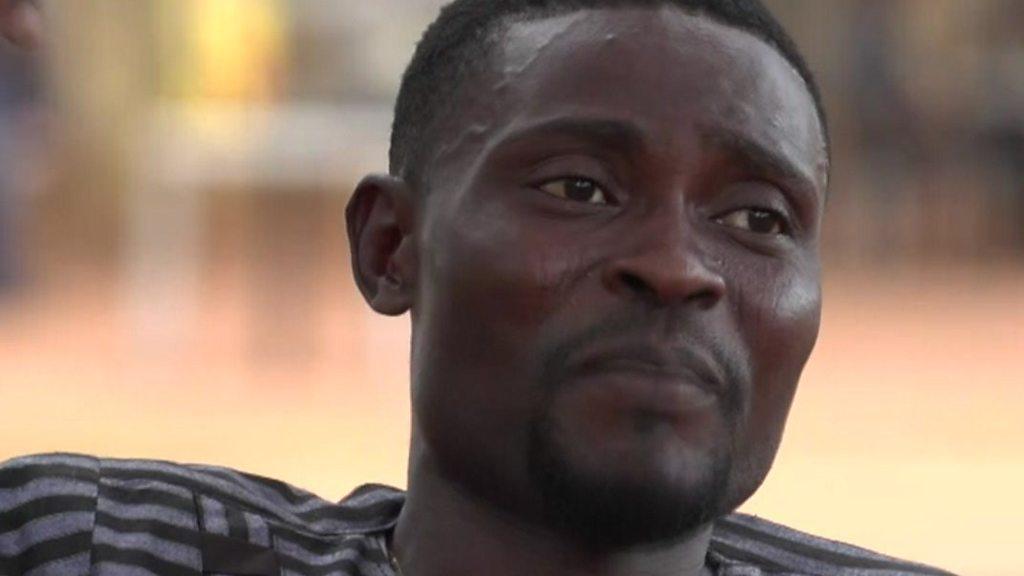Far-right ship 'refuses help' from rescuers in Mediterranean
- Published
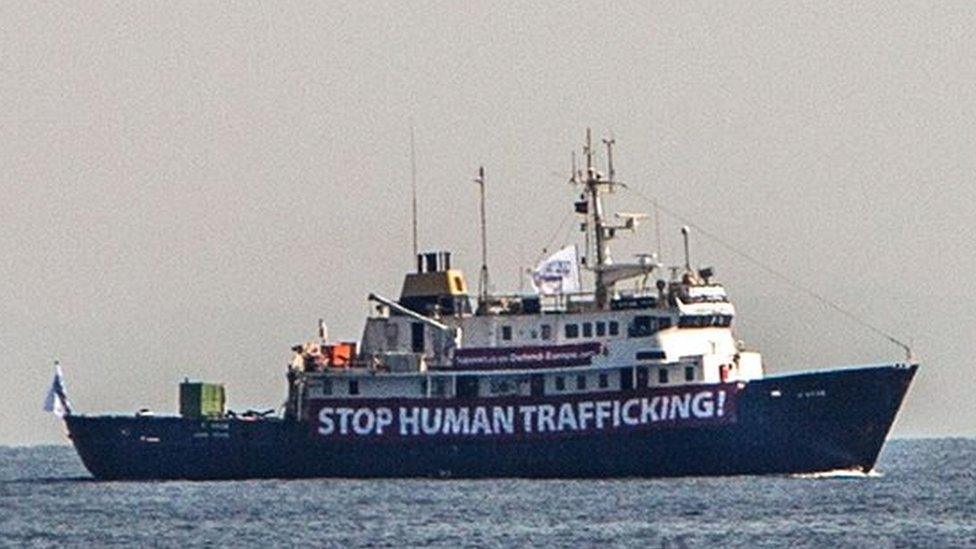
The C-Star, which began its mission last month, has been repeatedly delayed and turned away
A German migrant rescue group says a vessel carrying far-right activists that has run into trouble in the Mediterranean has refused its help.
The Sea-Eye charity says it was asked by the Italian coastguard to assist the C-Star ship because it was in distress.
But the French-based group Génération Identitaire (GI), which runs the C-Star, denied this, saying it had only a "minor technical problem".
GI has vowed to stop the flow of migrants from Africa to Europe.
The C-Star has faced several problems since its mission began last month. It was held up in Egypt and Cyprus and refused access to Tunisian ports.
Sea-Eye, one of the NGOs involved in search-and-rescue operations in the Mediterranean, said on Facebook, external (in German) that the C-Star was in "distress" off the Libyan coast but that it had "refused" its help.
Earlier, GI said on Twitter that the problem, which started at night, was "about to be resolved".
Allow X content?
This article contains content provided by X. We ask for your permission before anything is loaded, as they may be using cookies and other technologies. You may want to read X’s cookie policy, external and privacy policy, external before accepting. To view this content choose ‘accept and continue’.
The Italian coastguard has not commented.
The exact whereabouts of the C-Star are unclear, but an activist with the group quoted by AFP said the ship was currently "between Malta and the Libyan coast".
GI says migrant charities active in the Mediterranean collude with people traffickers.
But human rights groups say any attempt to turn migrant boats back to Libya could be very dangerous and illegal under international law.
The journey between Libya and Italy is one of the main routes used by migrants who want to reach Europe by sea.
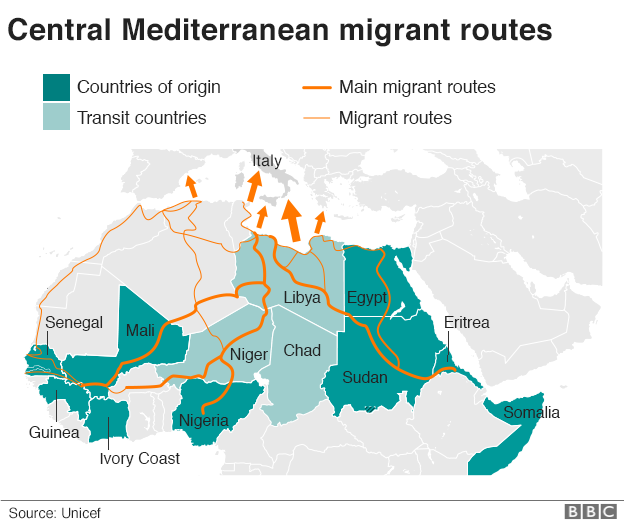
About 600,000 migrants have been rescued from traffickers' boats and taken to Italy since the beginning of 2014.
More than 10,000 people have died attempting to cross the Mediterranean over the same period.
- Published6 July 2017
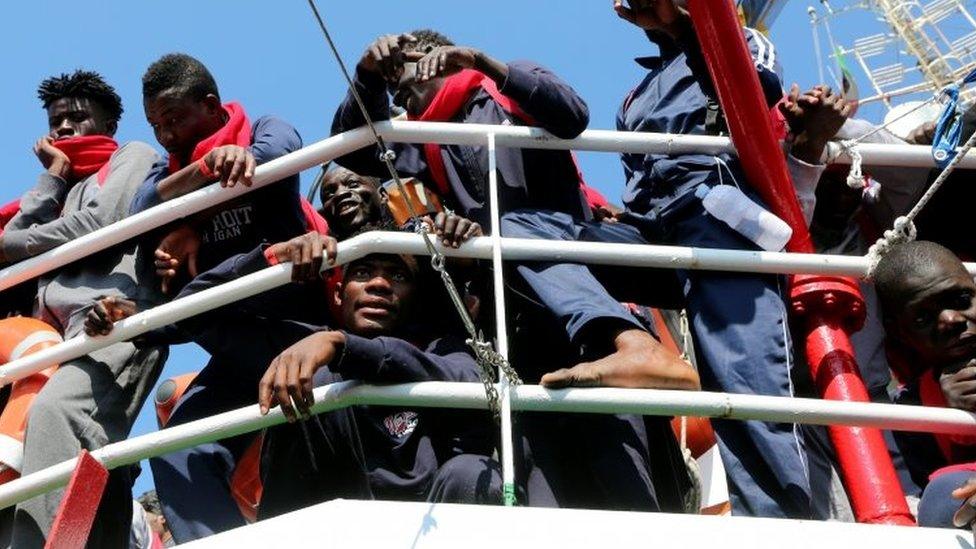
- Published23 April 2017
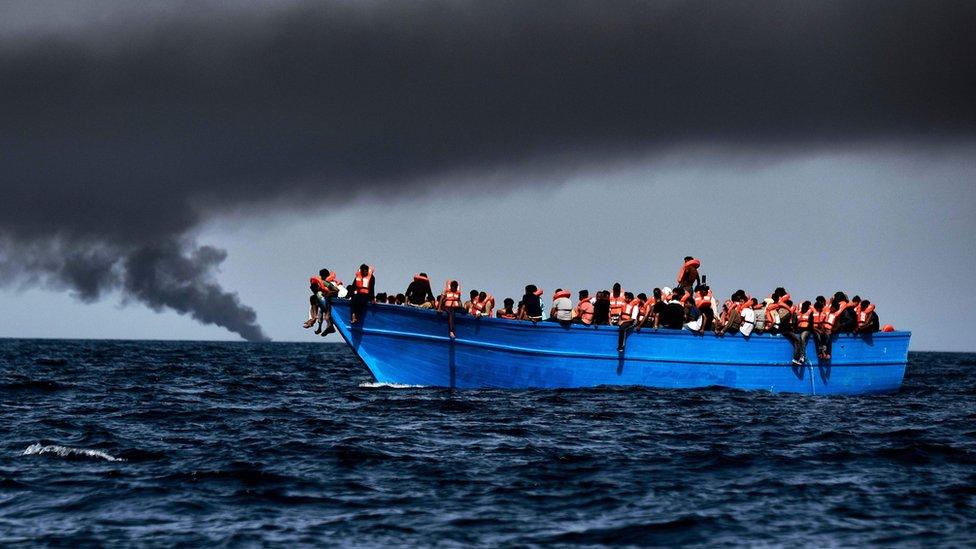
- Published8 July 2017
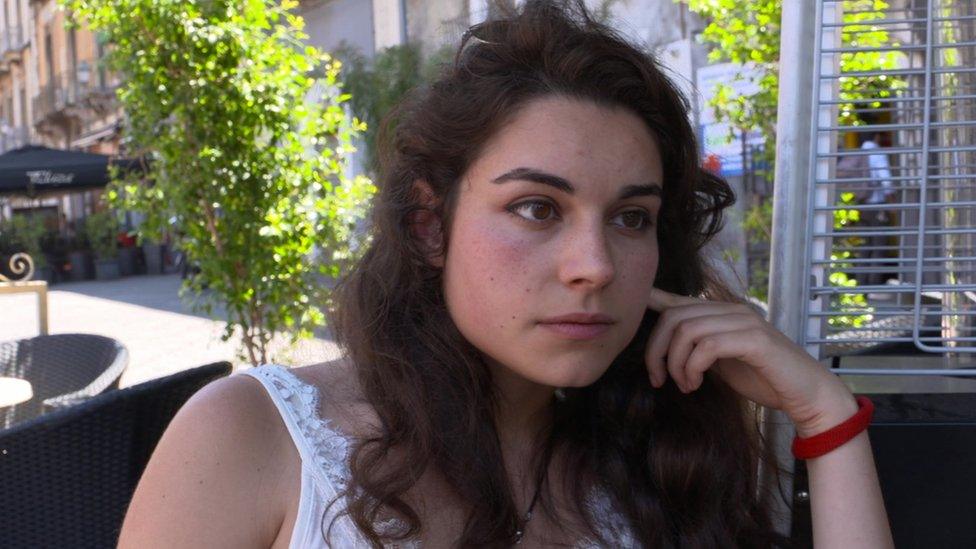
- Published6 July 2017
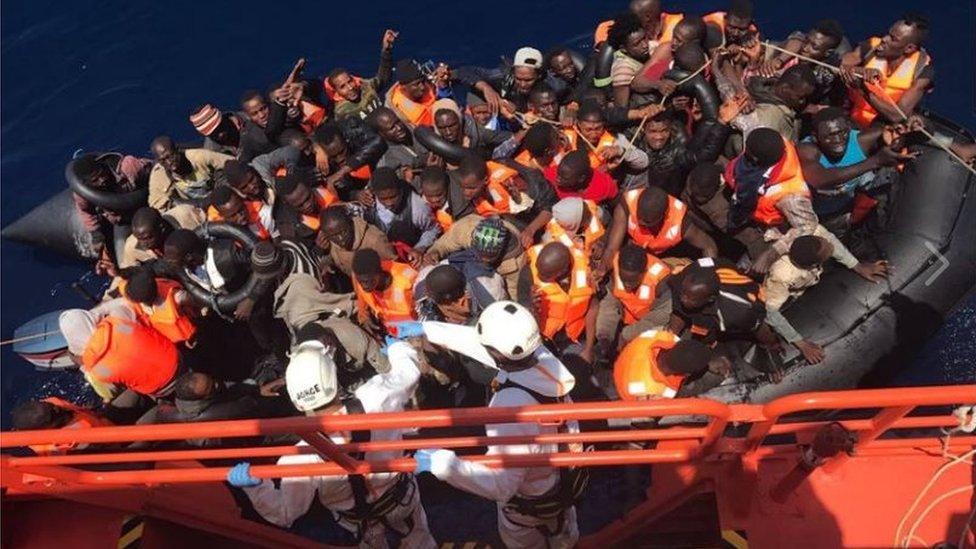
- Published28 April 2017
